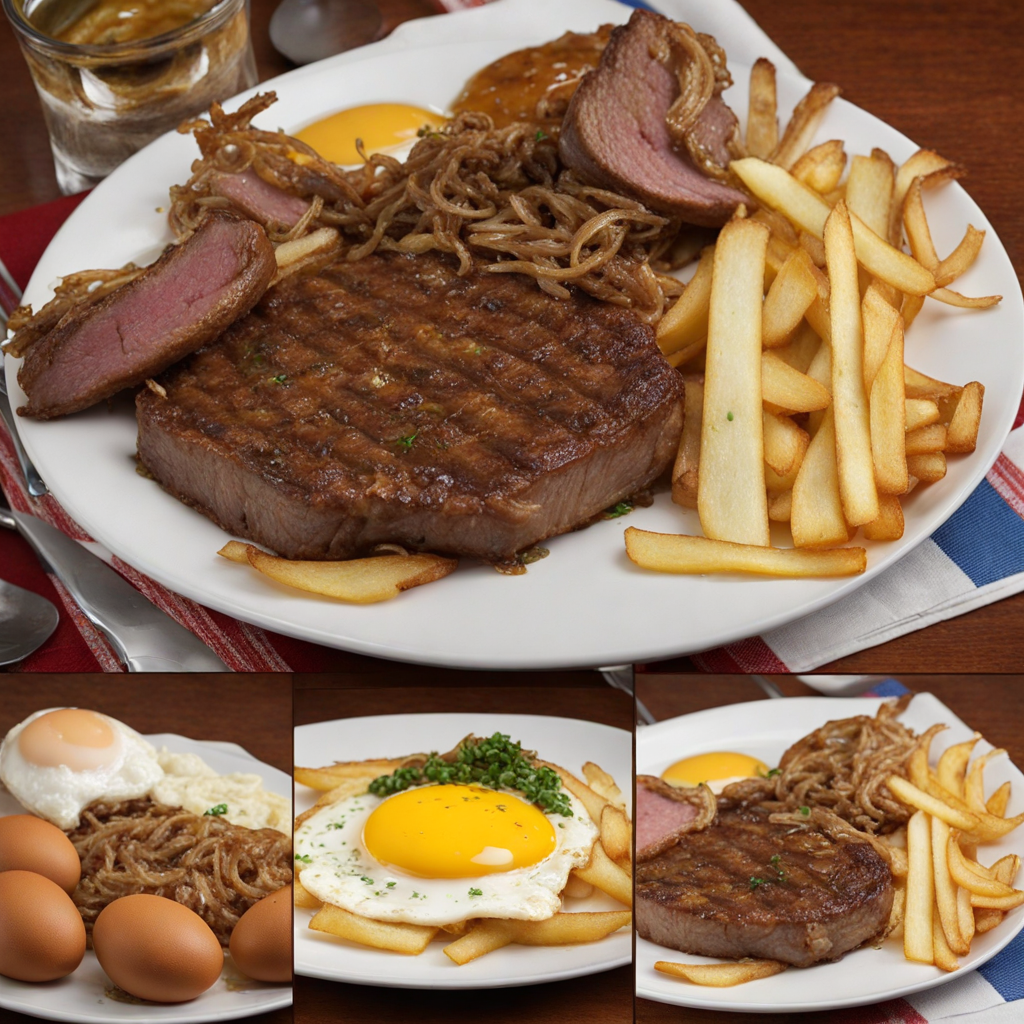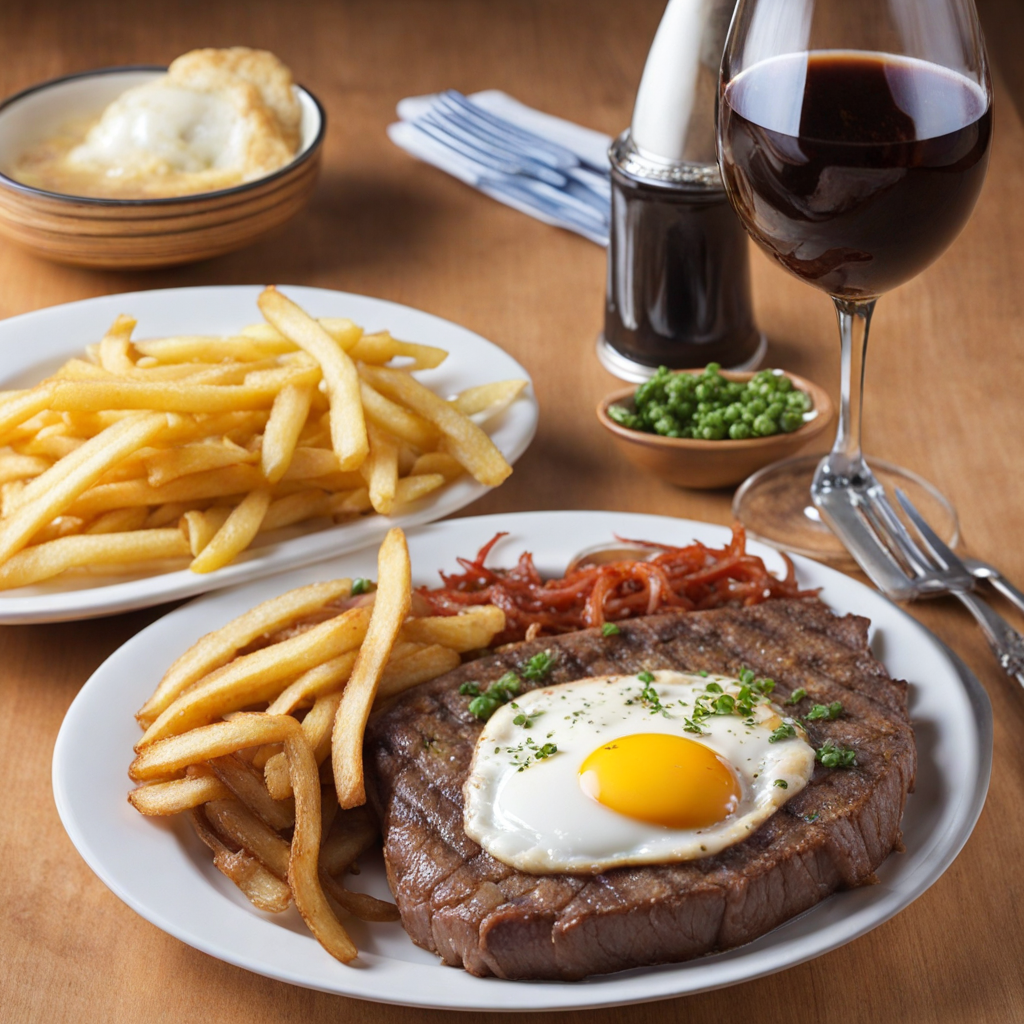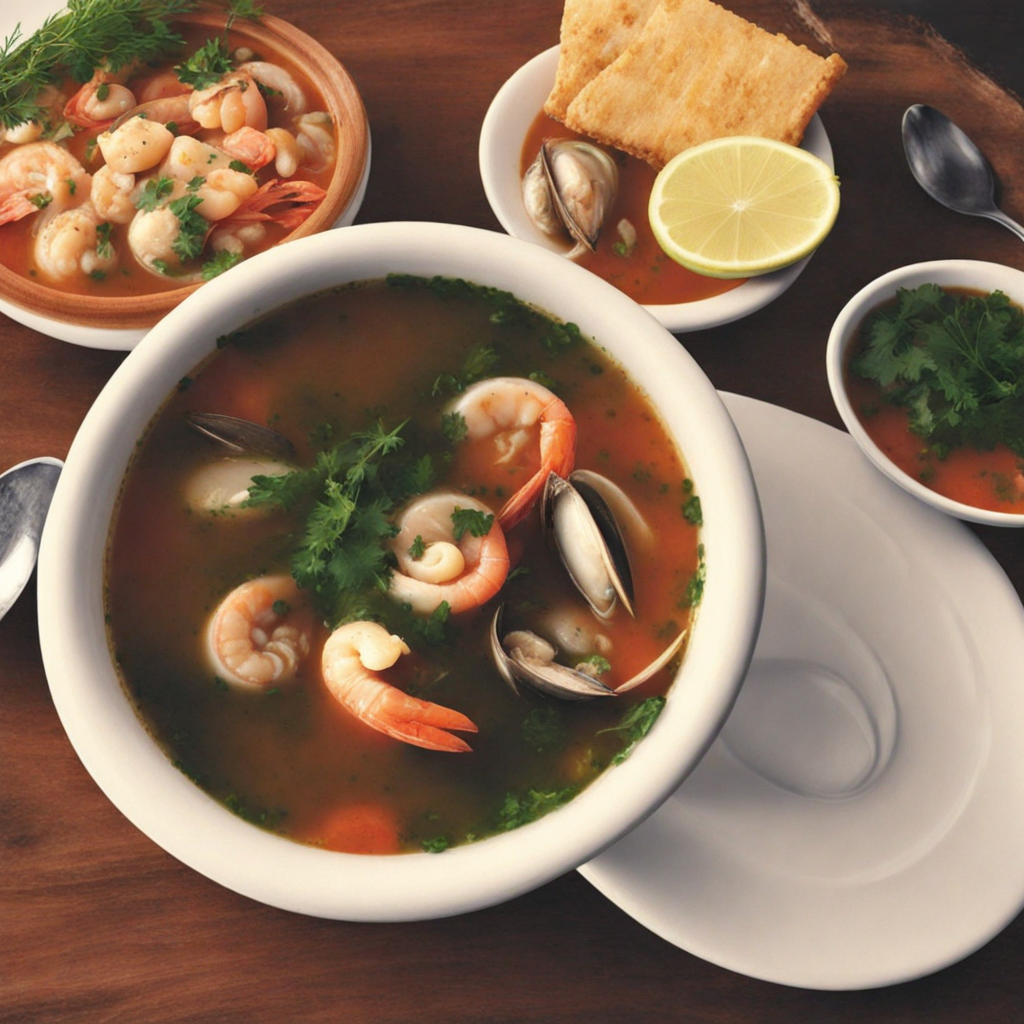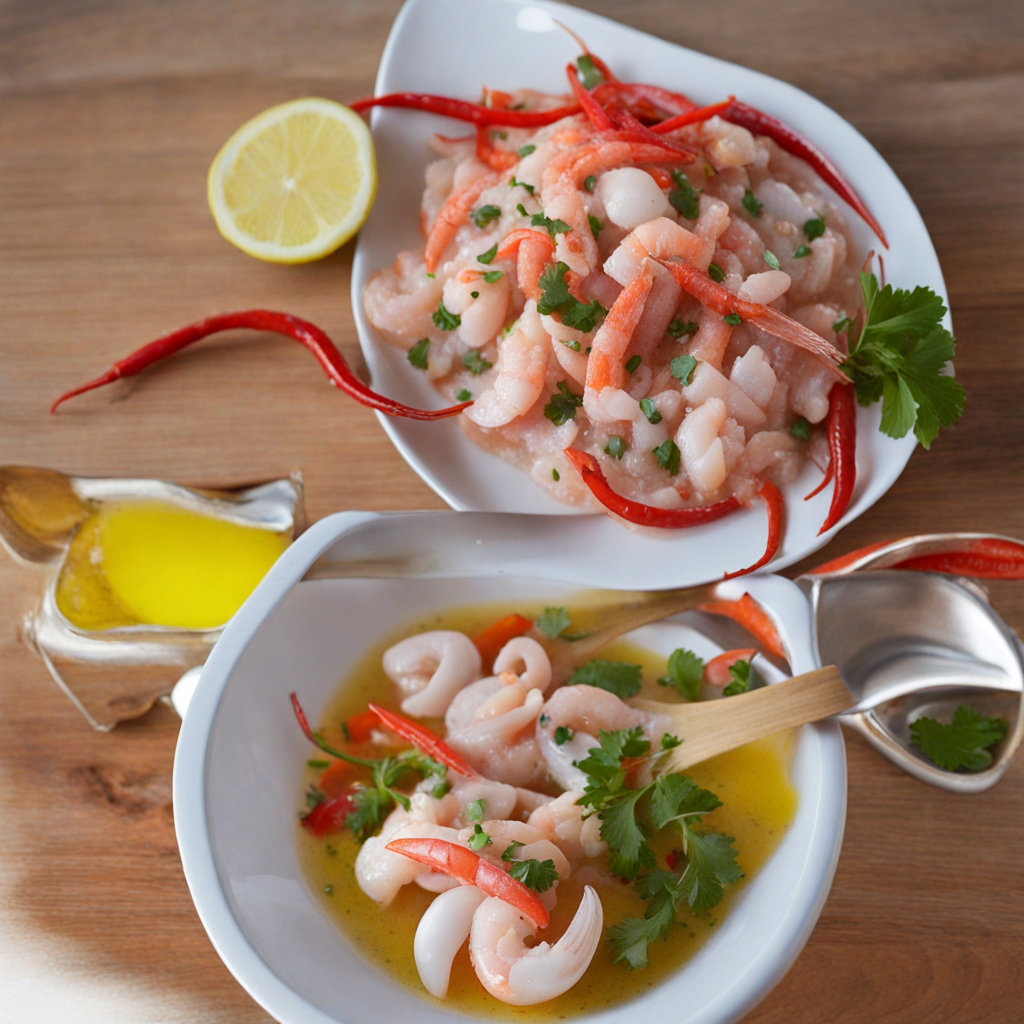Lomo a lo Pobre
Lomo a lo Pobre is a delightful Chilean dish that showcases the rich flavors and hearty ingredients characteristic of traditional Chilean cuisine. At the heart of this dish is the tender beef loin, which is typically grilled or pan-fried to perfection, offering a juicy and succulent texture that melts in your mouth. The meat is often seasoned with a blend of spices that enhance its natural flavor, making it a comforting and satisfying choice for meat lovers. Accompanying the beef are essential components that elevate the dish further. A generous serving of golden, crispy French fries adds a delightful crunch, while sautéed onions topped with a fried egg lend a creamy richness that balances the savory notes of the meat. The combination of these elements creates a symphony of textures and flavors, making each bite a delectable experience. Lomo a lo Pobre is not just a meal; it’s a celebration of Chilean culinary culture, often enjoyed in casual dining settings or during family gatherings. The dish embodies the spirit of comfort food, with its hearty portions and familiar flavors, inviting you to savor the essence of Chilean hospitality. Whether you're discovering it for the first time or revisiting a cherished favorite, Lomo a lo Pobre promises to be a memorable taste adventure.
How It Became This Dish
The Rich History of Lomo a lo Pobre: A Culinary Treasure of Chile #### Origins Lomo a lo Pobre, a traditional Chilean dish, translates to "beef as the poor do," and it exemplifies the blend of simplicity and richness that characterizes much of Chilean cuisine. Its origins can be traced back to the 19th century, a time when Chile was undergoing significant social and economic changes. The dish reflects the influence of both indigenous ingredients and Spanish colonial traditions, sharing a narrative that mirrors the evolution of Chilean society itself. The primary component, "lomo," refers to a cut of beef, often from the tenderloin or sirloin. In the early days, this cut was considered a luxury, usually reserved for special occasions. However, as beef cattle farming became more prevalent in Chile’s expansive landscapes, beef became more accessible to the general populace, thus allowing for the dish to take root in the culinary landscape. The "a lo pobre" aspect, which loosely translates to "in the poor style," is a nod to the humble origins of many traditional Chilean dishes that were born out of necessity. Commonly, "a lo pobre" dishes are characterized by their use of readily available ingredients, which often include potatoes, onions, and eggs. The simplicity of these ingredients belies the depth of flavor and satisfaction they bring, a testament to the resourcefulness of Chilean cooks. #### Cultural Significance Lomo a lo Pobre is more than just a meal; it embodies the spirit of Chilean culture. It is often served in homes, restaurants, and during celebratory gatherings. The dish is a staple in many traditional Chilean eateries, where it has become synonymous with the comforts of home cooking. The dish has become emblematic of Chile's culinary identity, representing both the country's agrarian roots and its evolution towards a more varied gastronomy. As Chile began to modernize in the 20th century, dishes like Lomo a lo Pobre served as a bridge between past and present, maintaining cultural continuity while also adapting to new influences. Moreover, Lomo a lo Pobre reflects the Chilean ethos of community and sharing. Meals in Chile are traditionally communal, often culminating in gatherings where family and friends come together to enjoy food. Lomo a lo Pobre, with its hearty components, is perfect for such occasions, inviting diners to partake in a shared experience that emphasizes togetherness and hospitality. #### Development Over Time Throughout the years, Lomo a lo Pobre has evolved, influenced by both local and global culinary trends. In its original form, the dish was quite straightforward: seasoned beef, fried potatoes, and a fried egg on top. The simplicity of the dish made it appealing, but as culinary techniques improved and chefs began to experiment, variations emerged. In the latter half of the 20th century, the popularity of Lomo a lo Pobre surged, particularly in urban areas where a burgeoning middle class sought out comforting yet affordable meals. Restaurants began to elevate the dish, incorporating gourmet elements such as sauces, marinades, and creative presentations. This shift highlighted the adaptability of traditional foods, showcasing how they can evolve while still retaining their core identity. Regional variations also began to emerge. In northern Chile, for example, the dish might incorporate local spices and herbs, while in southern regions, it may be paired with unique local ingredients like mushrooms or wild greens. The dish's versatility has allowed it to remain relevant in the ever-changing culinary landscape of Chile. Chef-driven establishments have also played a significant role in the reimagining of Lomo a lo Pobre. Chefs, inspired by the dish's rustic roots, have sought to elevate it while maintaining its essence. For instance, some chefs opt for sous-vide techniques for the beef, ensuring perfect tenderness while retaining the traditional flavors. Others might serve it with artisanal bread or unique sauces that highlight Chile’s diverse agricultural products, such as the country's renowned avocados or piquant pebre sauce. In addition to chef-driven innovations, the rise of food tourism in Chile has brought renewed attention to traditional dishes like Lomo a lo Pobre. Tourists seeking an authentic taste of Chilean culture often find themselves drawn to this dish, which serves as a gateway into the country's rich culinary heritage. As more visitors indulge in Lomo a lo Pobre, they help to keep the tradition alive, ensuring its place on menus for years to come. #### Modern Interpretation Today, Lomo a lo Pobre continues to thrive, both in homes and in restaurants, frequently appearing on menus that cater to both locals and tourists. Contemporary interpretations may include variations such as substituting the beef with other proteins, like chicken or even plant-based alternatives, reflecting growing dietary preferences. Additionally, the dish is often accompanied by a variety of side items that add texture and flavor. For example, a fresh salad or a side of rice might be included, providing a balance to the richness of the beef and potatoes. The use of locally sourced ingredients has also become a hallmark of modern Chilean cuisine, with many chefs prioritizing sustainability and farm-to-table practices. As Lomo a lo Pobre continues to adapt to changing tastes and dietary habits, it remains a powerful symbol of Chile's culinary identity. It is a dish that brings together flavors from the past while embracing the future, a true representation of a nation that values its heritage while looking forward. #### Conclusion Lomo a lo Pobre is not merely a dish; it is a narrative woven into the fabric of Chilean culture. From its humble origins to its status as a beloved staple, it reflects the journey of a nation that has embraced both its past and its potential. As it continues to evolve, Lomo a lo Pobre remains a cherished part of Chilean gastronomy, inviting everyone to share in its rich history and delightful flavors. It stands as a reminder that even the simplest ingredients can create something extraordinary, a philosophy at the heart of Chilean cooking.
You may like
Discover local flavors from Chile







